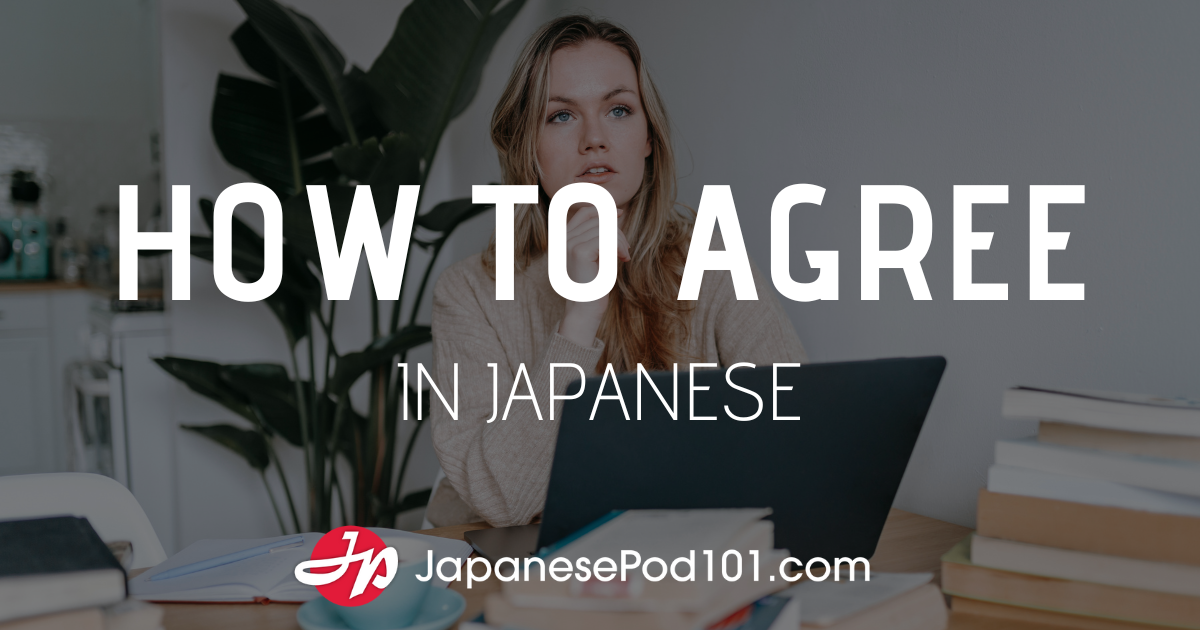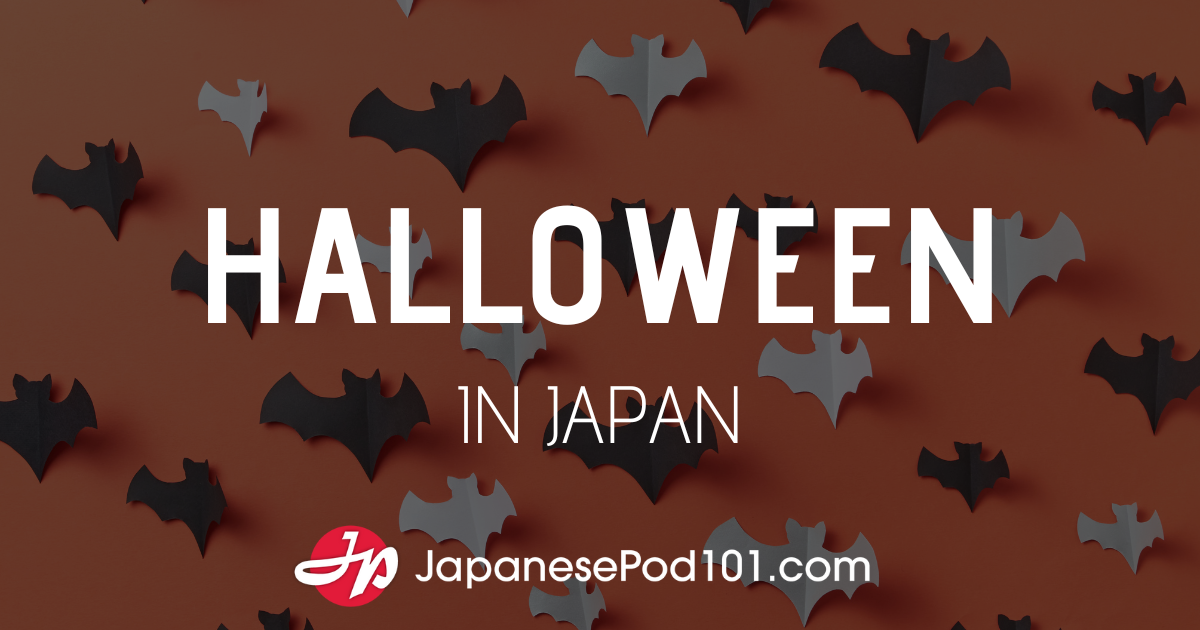窮極 (kyūkyoku: apex, the greatest extreme, the ultimate)
extreme + extreme
The second kanji is quite odd-looking. Here it is, up close and personal:
極
Both 窮 and 極 mean “extreme.” Once upon a time, they most likely had the same meaning, and now they stand to differentiate shades of grey. But 極 also means “pole,” as in North Pole (北極, hokkyoku: north + pole). Henshall says this character originally meant “wood in an extreme position,” referring to the “ridgepole,” which was the highest beam in the house. Later, the character came to mean “extreme” in general.
Like 窮, 極 has the kun-yomi of kiwa(meru)!
Strangely enough, so does 究, which we saw two weeks ago. Usually, 究 means “to study exhaustively,” but in the context of 究極 (kyūkyoku: ultimate), this character means “to reach the extreme, to reach the very end.”
To recap, then, we have three kanji with the kun-yomi of kiwa(meru). Two have the on-yomi of KYŪ. All involve a sense of extremity:
極 (KYOKU, kiwa(meru): extreme)
究 (KYŪ, kiwa(meru): to reach the extreme)
窮 (KYŪ, kiwa(meru): extreme)They combine to form homophonous compounds with identical meanings:
窮極 (kyūkyoku: apex, the greatest extreme, the ultimate)
extreme + extreme
究極 (kyūkyoku: apex, the greatest extreme, the ultimate)
to reach the extreme + extremeAnd two of the three are really weird-looking!
Good god!









